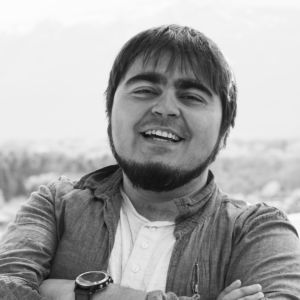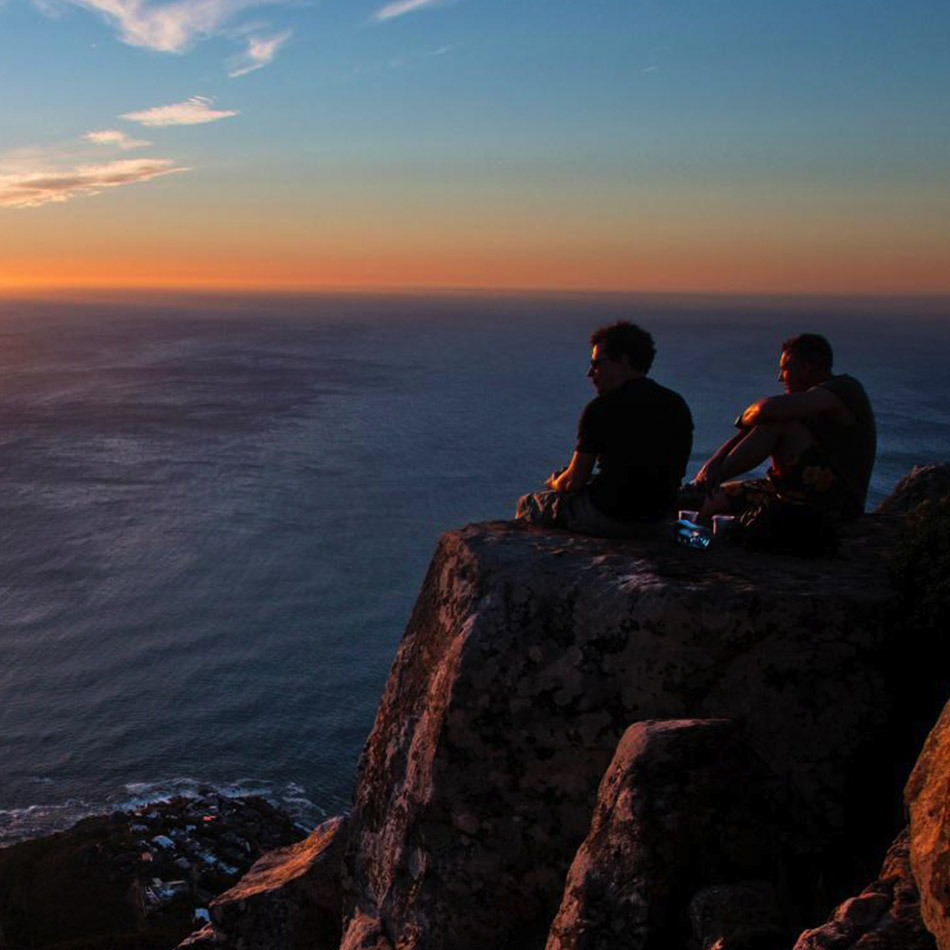There are a few gigs that are on every filmmaker’s wishlist. Shooting for National Geographic has to be right up there at the very top. For months, our small, aspiring video team threw everything at a worldwide open pitch for a new Nat Geo digital series called ‘The Spark’. Imagine our joy when my inbox chimed with the email we’d been dreaming of, ‘You’re greenlit…”
It was happening. We’d been selected to create three pilot episodes for Nat Geo’s first-ever series based around people. Through ‘The Spark’, we’d been trusted to share the stories of modern-day explorers, adventurers, and inventors who are changing the world on a daily basis.
One about a San Diego bionic scientist who reinvented archaeology. Another about a self-made inventor from Berkley who was building an underwater drone. And one about a Sri Lankan marine biologist who was changing the academic world’s understanding of the blue whale.
No pressure, Nat Geo. No pressure at all!
The start of an adventure
As you can imagine, for a small crew like ours, this job ended up being the most epic production crash course ever! It’s not like we haven’t worked on epic shoots before, but nothing had come remotely close to what we went through for National Geographic.
In just a few short weeks we got stuck in the desert, almost arrested in a canyon, raced against the sunset in waist-deep snow, raced against the sunset on a mile-long beach & cliffs (thinking about it, we raced against all kinds of sunsets), landed a 3%-battery drone on a shaking boat, and chased a whale for 40 miles.
We navigated treacherous waters, even-more-treacherous neighbourhoods, and upset what felt like half of the world’s administrators. But it was all worth it. We got to know some of the most interesting and pioneering people on the planet. And, not that I want to brag (okay, maybe I do) but the videos we put together came out pretty nicely, too.
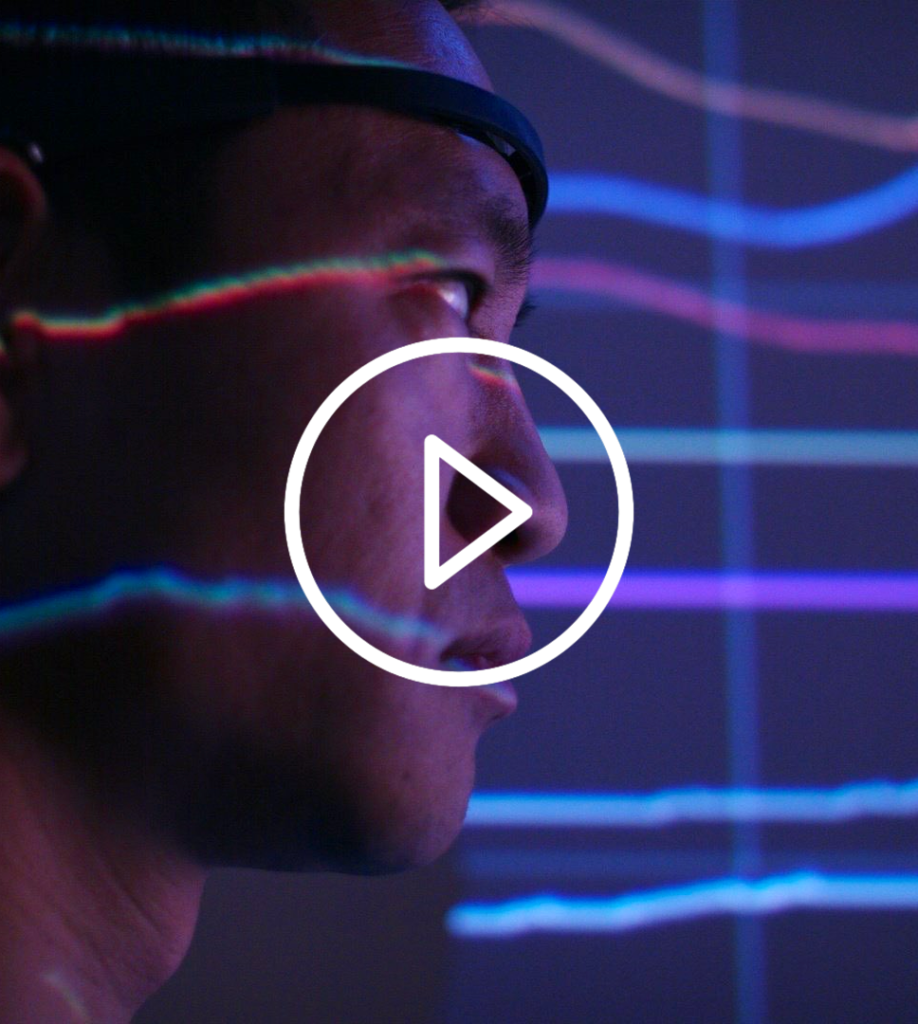
Nat Geo | The Spark
Albert Lin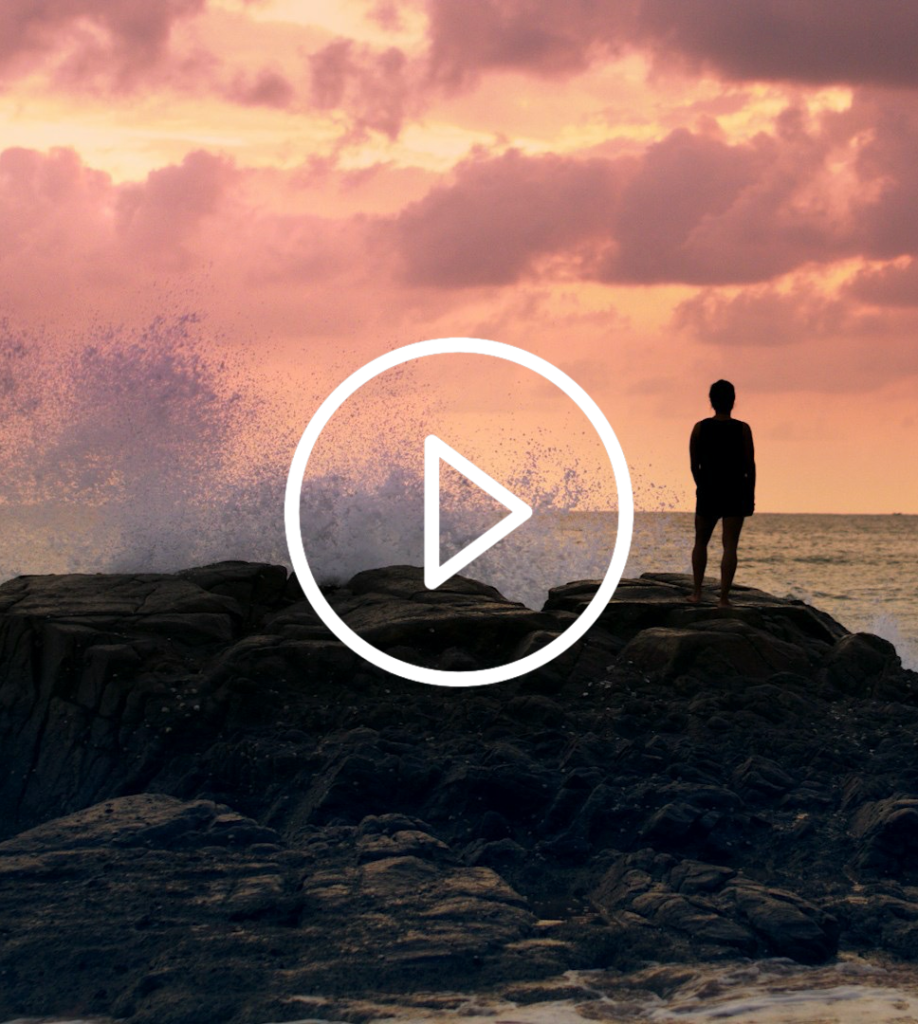
Nat Geo | The Spark
Asha De Vos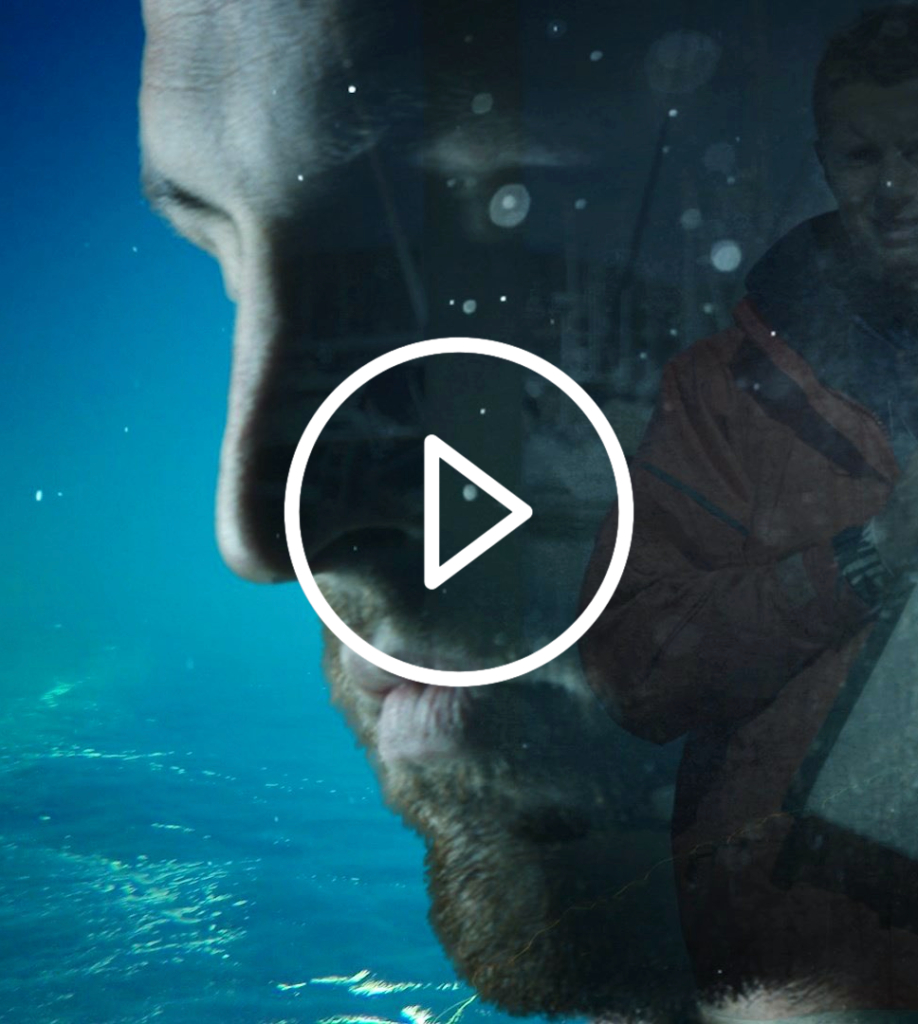
Nat Geo | The Spark
David Lang
Yet, there’s another side to the story – the journey along the way. We processed tons of paperwork, made hundreds of calls a day (and hundreds of calls a night thanks to time differences). We traveled 20,000 miles by plane, car, and foot, hauling 200 kilograms of equipment with us. We’d pack, repack, drive, move, drag, cry, laugh, quarrel, run, wait (and wait, and wait some more). Overall, we did a lot of things that didn’t involve any video making at all.
The funny thing is, no one ever talks about that side of the story . You’ll hear a lot of successful videographers talking about their creative challenges and vision, but no one ever tells you how complicated it is to shoot in a national park during turtle gestation. And yet it’s those kinds of things that can make or break an epic production.
That’s why this isn’t going to be another glorious article about how commitment and focus will land you the gig of a lifetime (short answer, they will). Instead, I’d rather share with you some of the less glamorous lessons we learned while surviving on our very first dream shoot so that you can thrive when yours comes along.
When the world’s your stage, choose your crew wisely.
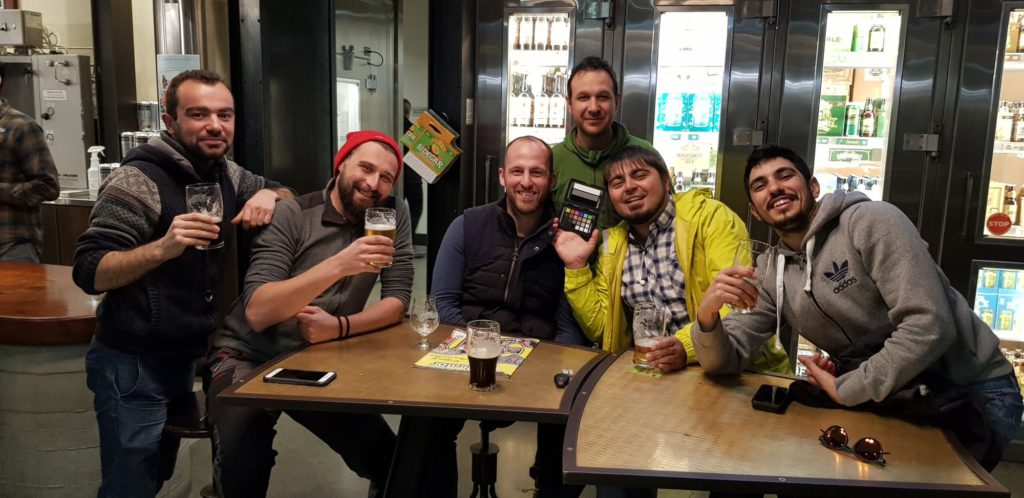
Expedition leads are lifesavers
On jobs like this, there are some things that you just don’t want to have to figure out by yourself. Choosing the right insurance that’ll cover reckless behaviour in the great outdoors, selecting the right gear to survive a desert at noon, knowing how to negotiate with nefarious tuk-tuk drivers. The list goes on.
You also need an exhibition lead that you can rely on. Someone you can trust to help you traverse the globe, who gives you the confidence to focus on your job, and most importantly keep everyone alive.
Now, I know we weren’t walking the north pole on foot, or something, but we still had to plan for unusual situations and it’s best to have someone who knows what they’re doing. Besides, you’ll be amazed how fast trouble can find you even in civilized places like California.
For the best results, avoid Indiana Jones-types of expedition leads and look for someone who has experience in your particular field of operation. I called a friend of mine who’s a seasoned outdoor photographer with crazy shoots under his belt, including the Arctic circle, and the Pakistan region of the Himalayas.
Thankfully, it didn’t take much to persuade Vlad to get onboard. Not only did he help us plan our shoots technically and logistically, but he also captured some kickass timelapses in between keeping us safe and on-schedule. Which leads me to my next point.
Multi-talented team members make jobs easier
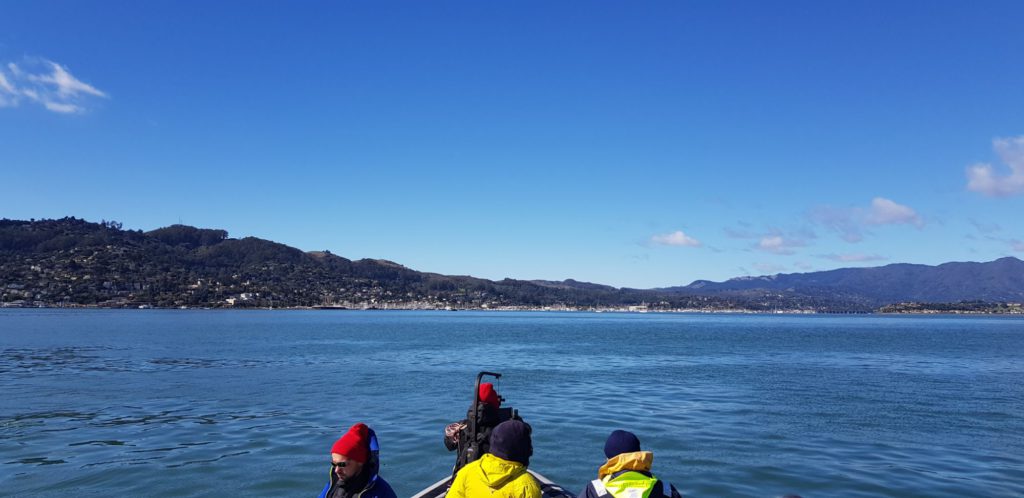
Since we live in Bulgaria, a relatively small and poor EU country, we often have to make do with a Jack-of-all-trades approach. I used to think it was one of our biggest problems, but in this case, I was happy to be proved wrong. All in all, there were six of us. Two of us could direct, three knew how to fly a drone, five knew how to edit, and all of us could operate a camera. It meant we could quickly regroup, adapt and change plans on the fly.
We’d either split into teams to tackle multiple shots at the same time, or we’d all come together to work on a big hero shot with detailed planning and proper lighting. The various experiences brought in by the team members enabled us to put on different hats. We approached the job with a fresh, unique perspective that allowed us to move fast, improvise with confidence, and always have a backup plan.
Always get a local producer
Navigating local customs and laws for video production is always tricky for an outsider.
Me: “Can we shoot here?”
Clerk: “Nope, it’s private land!”
Me: “What about a bit to the left?”
Clerk: “Nope! That’s wilderness!”
Me: “To the right?! Maybe?!”
Clerk: “Nope! That’s where the turtles are hatching this week”!
Me: “What about a drone?”
Clerk: “Nope! You’ll need FAA Part 107 certification”
Like I said, tricky.
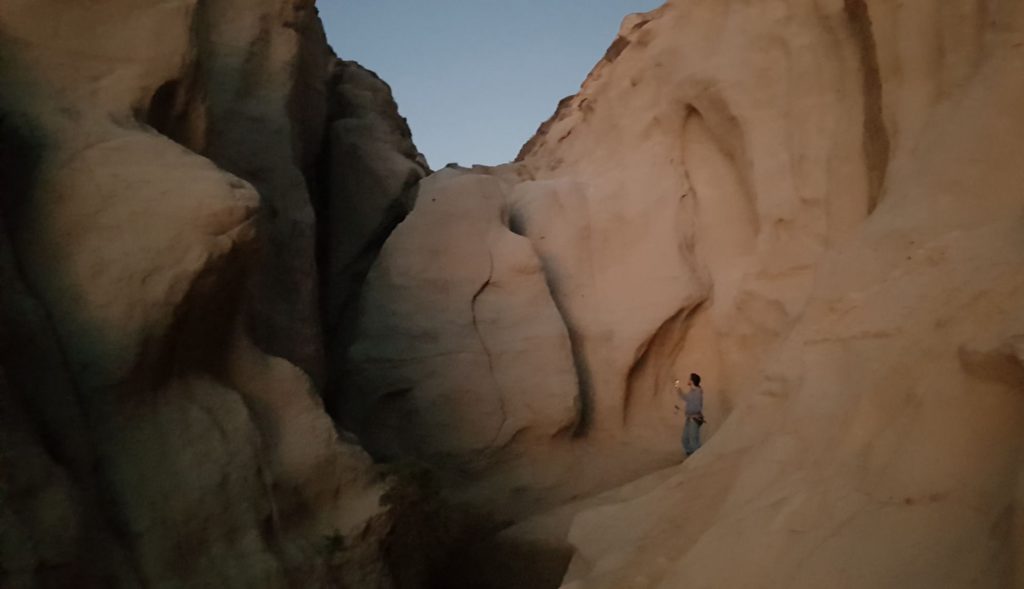
For Californian videographers, that probably sounds like everyday life, but for us the whole system felt completely overwhelming. We’re used to a run-n-gun style of filmmaking that leaves room for improvisation. But, when you work for clients like National Geographic, clearance of shots is a must. So, we had to enter a whole new world of permits, licenses, insurance, and paperwork.
That’s why you should always have a local producer, someone who knows the locations, the system, and how to pull some strings if it looks like you aren’t going to be allowed to shoot. While this is warmly recommended for familiar places like the US or Europe, it becomes absolutely crucial in foreign locations where important information is often lost in translation.
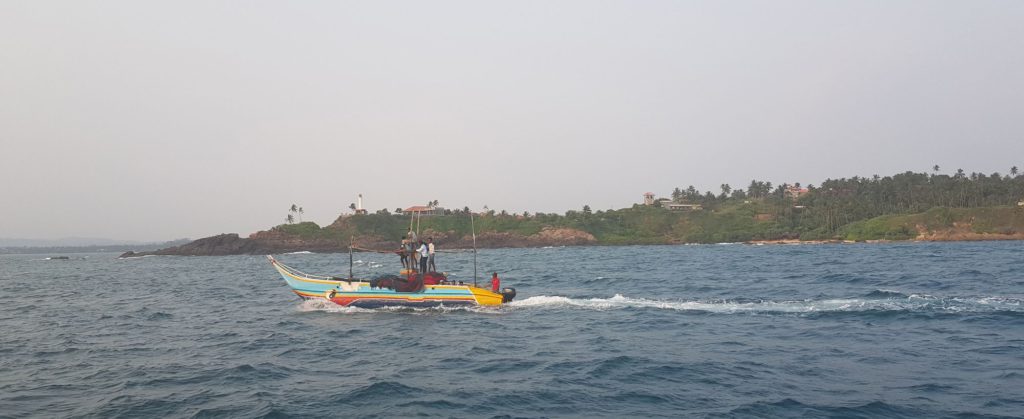
For example, when we shot in Sri Lanka, we needed permission from the National Film Fund in advance. They were the only ones that could issue a special visa for us to enter the country as a filming crew. Plus, when we arrived we were assigned a government employee who traveled with us everywhere we went and checked our dailies to approve what we were filming.
On top of that, to fly a drone over Sri Lankan waters, we needed clearance by the Film Fund, The Coast Guards, and the Military. And afterwards, we needed an official letter to allow our HDDs (with all of our footage) through customs. If it wasn’t for our local producer, we would have stood no chance navigating this maze of official rules and regulations. Just keep one thing in mind…
Negotiate your price
“$500 bucks for a dinghy?! You gotta be kidding me! We rented a 12 footer in San Francisco Bay for less!”
Dealing with local producers isn’t always a walk in the park. You have to start the conversation early and allow yourself enough time to check alternative options. Some offers we got from fixers in Sri Lanka were higher than our total US clearance costs (which was crazy expensive).
Somehow, when you mention you are sailing under the Nat Geo banner the price goes wild. And that happened everywhere we went.
At the time of writing this, we’re actually preparing to shoot another episode of ‘The Spark’ in Egypt. For two days at the Pyramids of Giza we’ve received three quotes ranging from $6,000 USD to $16,000 USD. So, long story short, if you don’t plan enough time to compare quotes you might be forced to pay more than you’d like.
Gearing up for a long haul
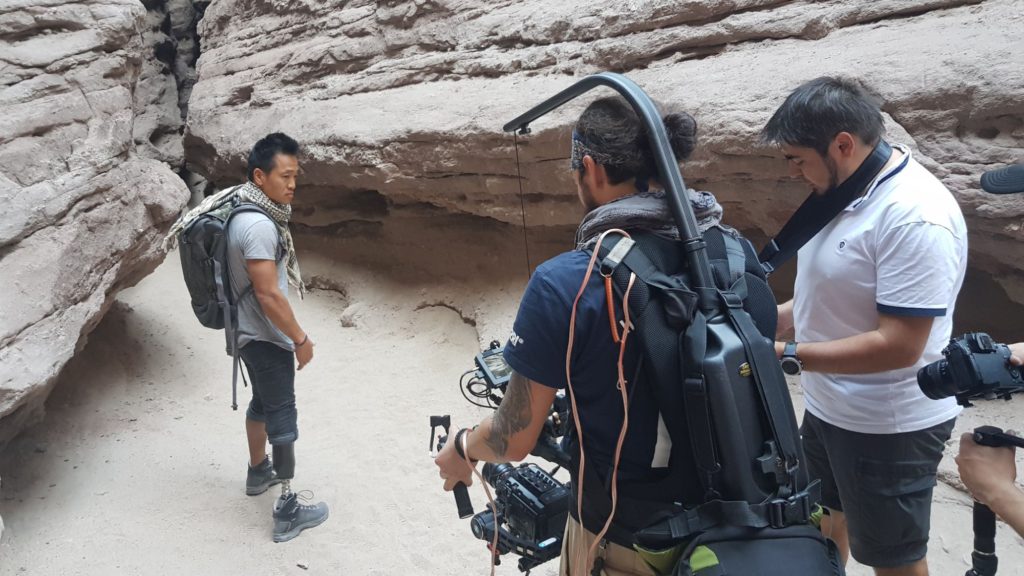
Equipment setup
Gear is always a big part of filmmaking. But it is even more important when you’re travelling half the globe to shoot some truly extraordinary places and situations.
Our first big decision was to bring our own equipment versus renting it on location. It boiled down to one word – flexibility. We wanted to be able to change plans on the go. That meant we needed the equipment to stay with us all the time.
There were other benefits, too. We didn’t have to vary our setup between locations (US, Sri Lanka, and Bulgaria), and working with the same gear means you quickly get to know it like the back of your hand. That can make a huge difference when you need to shoot great footage, fast.
We ended up running a BlackMagic Ursa Mini 4.6K as an A cam and Panasonic GH5/Sony A7SII (on an Atomos Ninja Inferno) as B cam. We also had a Phantom 4 Pro for our aerials. Since all of our shots had to feature some kind of motion we needed stabilizers too (a Ronin 1 for the URSA and a smaller one for the mirrorless cameras).
To complete the set we brought some flexible, handheld LED lighting mats (if you’re traveling, or short on space, these are the best lights ever). Throw in some v-lock batteries, cages, grips, tools, lenses, laptops, and HDDs and our gear easily hit over 200 kilograms spread across six briefcases and six backpacks.
One of the things that ate up a lot of time was setting up the cams between shots and switching from handheld to stabilized. We squeezed the best quality out, but I can vividly recall some moments where the sun was going down faster than we were re-balancing the gimbal.
Now, as we are preparing to shoot another episode of ‘The Spark’ in Egypt, we’re opting for full-frame mirrorless cameras with 10-bit output for an even smaller footprint and quicker setup.
Shooting RAW
This project has reinforced my love affair with RAW. Some people complain that it’s cumbersome and unnecessarily complicates your post-production, but I’d argue that’s not the case anymore.
When you’re shooting, especially for National Geographic, you’re never in control of your environment. Conditions are rarely perfect. The way I see it, shooting RAW gives you a wider margin of error when you need to nail your shot.
We filmed everything in DNGs on the Ursa Mini and ProRes HQ on the Atomos. Yes it was cumbersome to some extent, adding an extra step in the post-production. But, nowadays we have BRAW and ProRes RAW, these mean smaller files, and the ability to edit in real-time using popular software. So, why compromise?
Hauling your precious across the ocean
If you have ever stared blankly through the big airport windows at the baggage loaders kicking and dropping suitcases off a plane, then you’ll understand why we were nervous about flying our emotionally-precious, eye-wateringly expensive equipment to another continent.
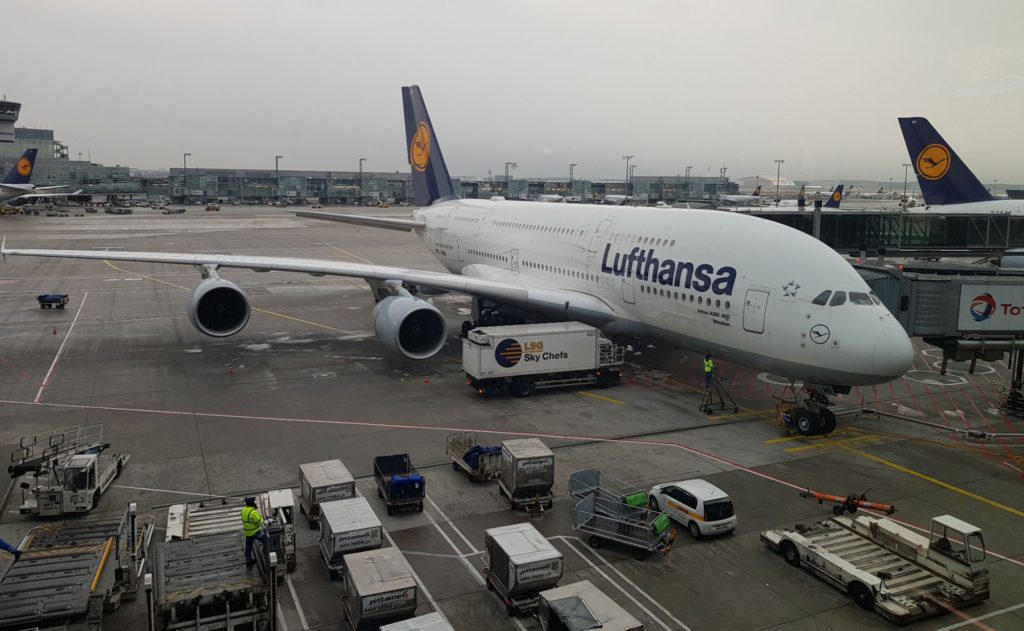
Here’s some practical advice on how to make the ordeal a bit more bearable.
- Pack only what you’ll use and test new gear before you need to use it. The closest analogy I can think of is that it’s like hiking up a mountain with brand new shoes; you’re going to suffer. That’s why, one weekend before the job, we did a test shoot. We gathered everything together, figured out how much space it takes up, how many batteries we need, which bits we can leave behind, and how to optimize packing.
- Keep key equipment in your cabin backpack, check-in the rest. We made sure we always had enough to do a (barebones) shoot with the equipment in our backpacks. This way, in the worst-case scenario (that our baggage is lost or damaged), we would still have everything we need to work until we could find an alternative.
- Pack your handheld baggage systematically and practice unpacking. This way, we could slipstream through security checks and – most importantly – we made sure no important piece of gear got lost to the pressure of the conveyor-belt crowd.
- A backpack only weighs as much as it looks. Most airlines will allow you around 8 kilograms of cabin luggage, but they’ll only weigh it if it looks heavy. A simple hack if you happen to have a 12-kilogram backpack is to carelessly hang it on a single shoulder, put on a wide smile, and pretend like the dead weight on your back is as light as a feather.
- Baggage has weight restrictions but you don’t. Get one of those jackets with loads of pockets, hooks, and belts and squeeze as much stuff in there as you can. Small cameras, mics, batteries, we carried it all.
- Look out for lightweight lighting. One of the best equipment decisions we had were these flexible, cloth-like, bi-colored dimmable LEDs. You can pack them in with your clothes but they’re easily good enough for a headshot interview. Plus, you can power them up on v-lock batteries – that’s four hours of light in the middle of the jungle!
Some lessons are learned the hard way

Stuck in the desert: the importance of permits
Finally, we reached the first shoot. We were in the middle of nowhere between Anza-Borrego Desert State Park and the Salton Sea in California. There was a beautiful sunset over the sprawling landscape. It would have been the perfect shot, except for one thing:
“Hey man, can you move the production van behind the rock? I don’t want it in the shot.”
Four hours later, the excruciating desert sun is taking its toll while we desperately try to dig a 2-ton van out of a sand pocket. Finally, a guy arrives in a truck and pulls us out. We dust ourselves down, no one had died; business as usual.
But just before we packed up and left, a huge pickup truck flew in with a majestic trail of dirt. A guy jumped out. He was built like Gerard Butler in 300, and he was armed like a stormtrooper. “Illegal shooting, hah? Where’s your permit!”
I told you, permits are a pain. This one was particularly tricky!. We only requested one day of outdoor shooting but it took us three full weeks to go through the process and get it granted.
We had to be inventive. For a month, we scouted locations using Google Maps, Street View, photos, and travel guides. We cross-checked them with local government agencies to figure out the easiest, quickest, and cheapest place to get a permit. Then we used Google Earth to figure out the sunrise and sun trajectory to see if, when and where we’d get the shot we needed.
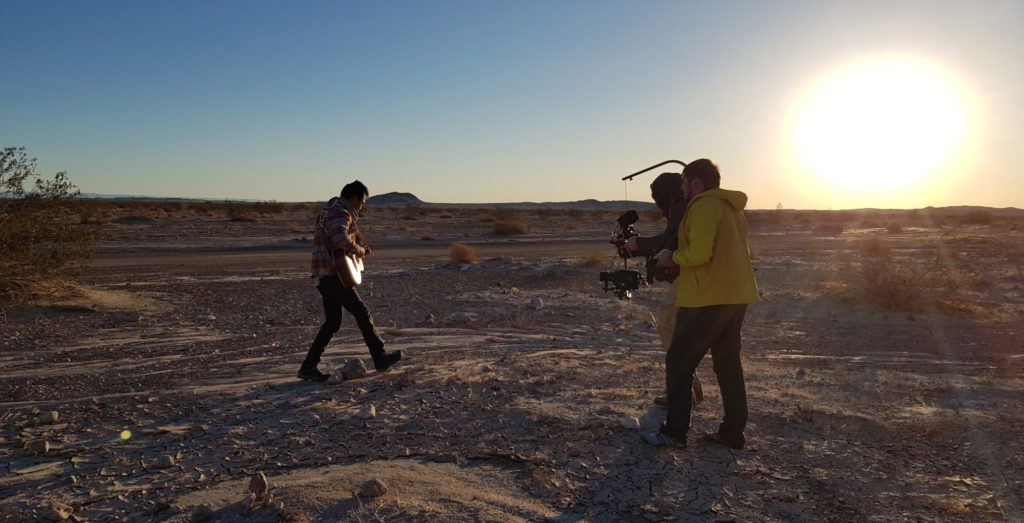
Fast forward to Sri Lanka and the story is totally different. Each country has its own legislation, culture, and way of doing things. So we had to be smart and ensure we did everything by the book.
The dangers of driving abroad
Imagine driving around a bend while climbing up a steep hill with limited visibility ahead. A tuk-tuk is overtaking a motorbike, a bus is overtaking the tuk-tuk, and a production van with six paperwhite cinematographers is overtaking the bus. That’s one near-death experience that seemed to last forever.
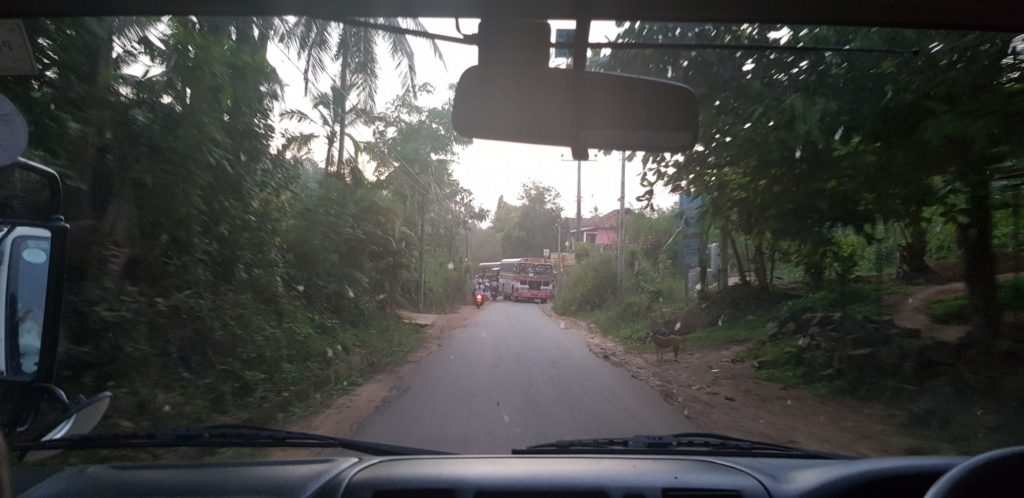
Different countries have different styles of driving. We’ve learned that it’s better to have a driver than to try and work out the unwritten rules of unfamiliar roads. These small and trivial things, like driving, get taken for granted back at home. But they will consume great amounts of your energy and focus when filming abroad. So do yourself a favor and leave it to other people.
Always be prepared to change your plans
There’s one thing that every filmmaker knows – things go wrong. Whether it’s accidents or unexpected events, there will always be something that forces you to change your plans.
One day, actually one night – it was 2 am in the morning – we were in a parking lot west of Palm Springs standing next to a lifeless Toyota Prius. Someone had left the keys on the roof when we left our wrap-up site. That was 80 miles earlier. It had been a long 18-hour shooting day and we had to drive back to try and find a car key in a desert in the middle of the night.
Another time, we dragged a sledge of firewood for three miles through waist-deep snow only to find that it was so windy at the peak where we were shooting that even Smaug wouldn’t have been able to light it up.
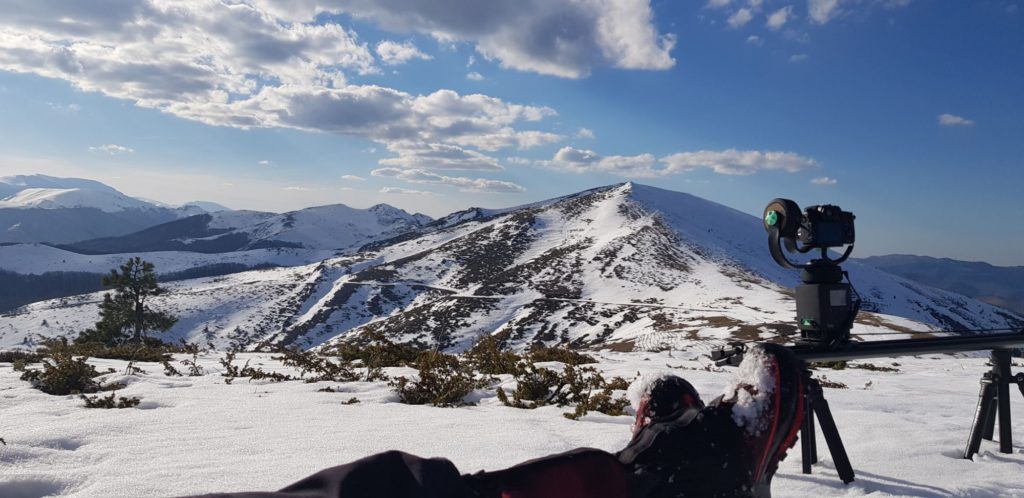
We battled through surf shoots with no waves. We even had to adapt to the early arrival of the monsoon season. Anything that can go wrong will go wrong – at least, that should be your go-to attitude. The only thing you can do is to keep your eyes and hearts open to change the creative on the spot.
Looking back at the first drafts of our scripts, it’s crazy how much they evolved when you compare them to the final episodes. Of course, if you have the luxury of time and budget, you can set up contingency plans for every single scenario. But, more importantly, you shouldn’t be afraid to improvise. The best shots we had were completely improvised! They ended up taking the narrative in new directions and resulted in better, more authentic stories.
By the way, we did find the Prius key. Something heavy had driven over it and splattered pieces all over the road, but – miraculously – it still worked. I guess what I’m trying to say is, you can’t mitigate bad luck but if you work hard, trust your talent and your instincts and allow yourself to adapt then everything works out in the end.
It’s a wrap!
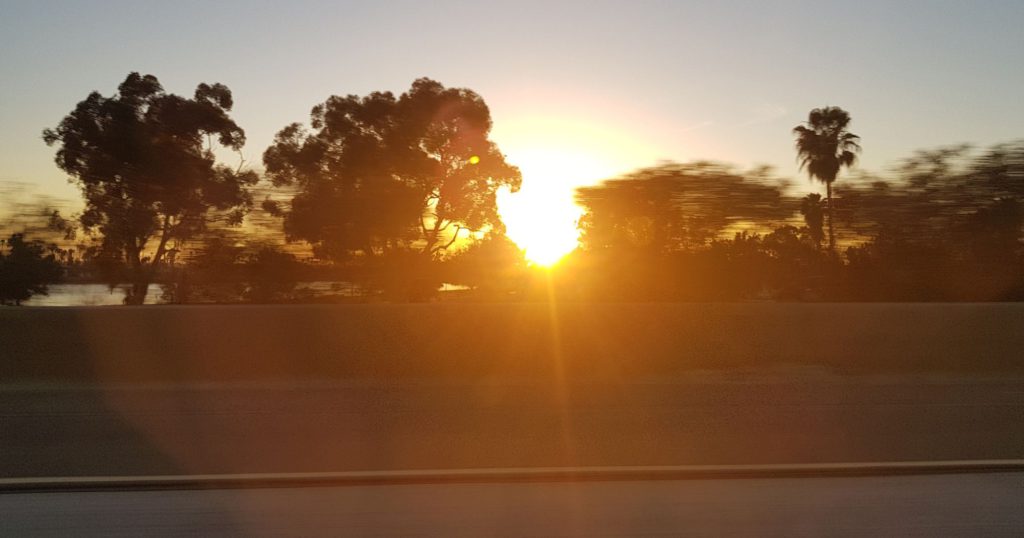
Ever since I was a boy, I’ve been completely fascinated by the incredible world captured and explained on the Nat Geo channel. Glued to the screen, I dreamt that someday I’d have the privilege to go on an adventure, to traverse the globe to these magical places, and meet the brave explorers that venture into the unknown.
Having had the chance to turn my dreams into reality, I’m not going to lie, it was even more awesome and epic than I could have ever imagined.
But, those dreams didn’t prepare me for the overwhelming mountain of logistics, bureaucracy, and planning that’s the foundation of inspiring video work. If you can’t get a grip on these trivial things, they can get in the way of the one thing you truly care about – telling the story.
And that’s a wrap.
